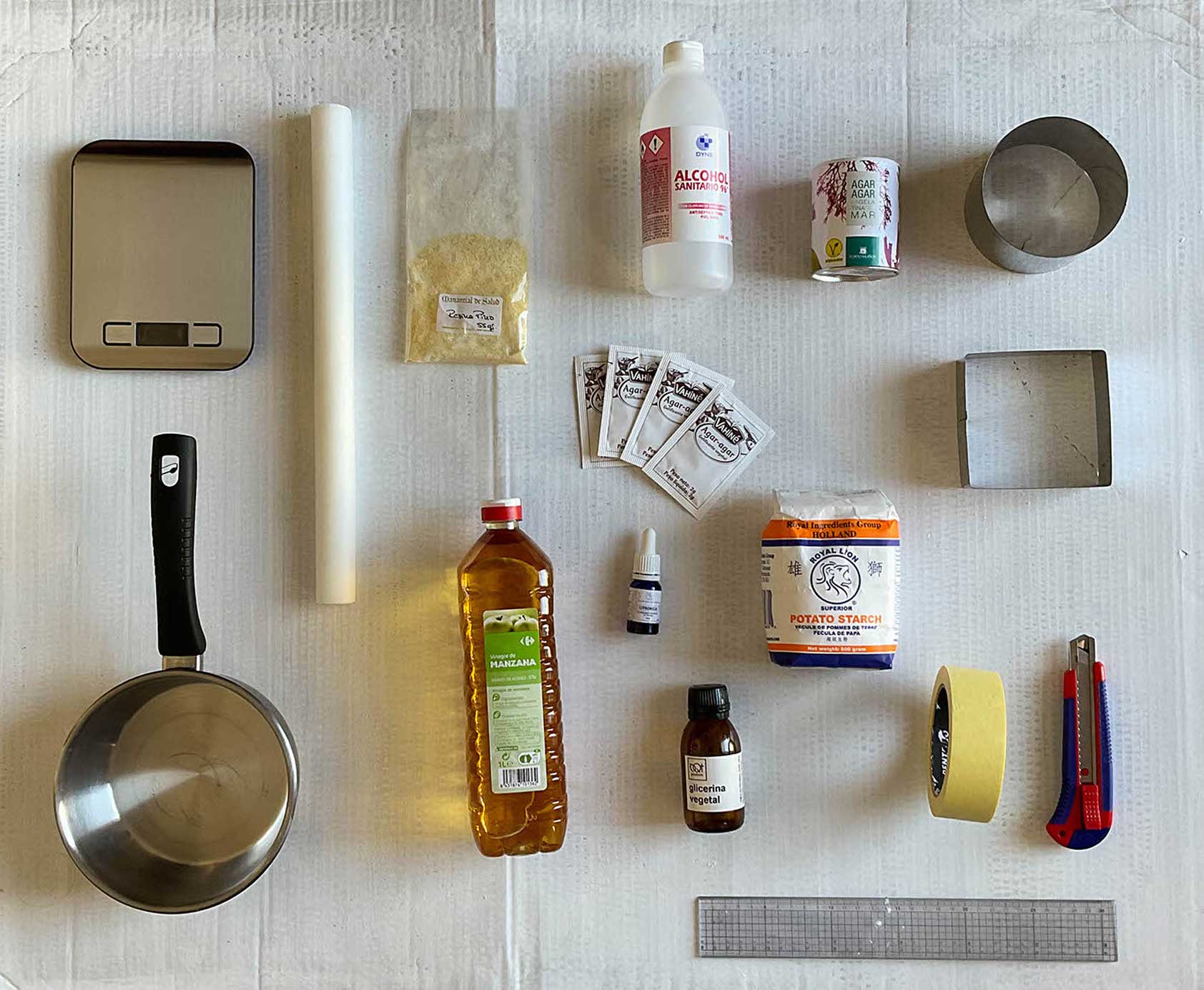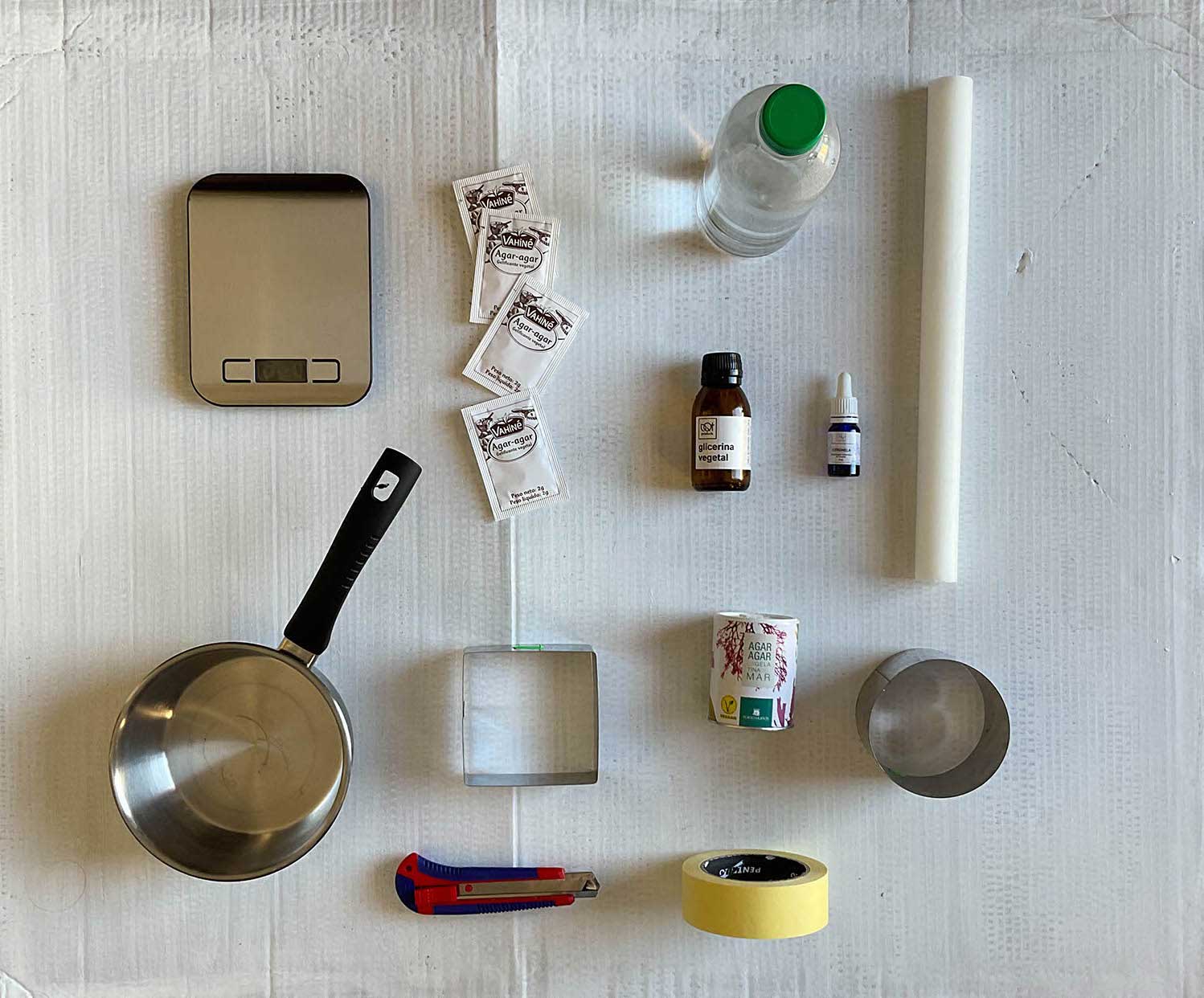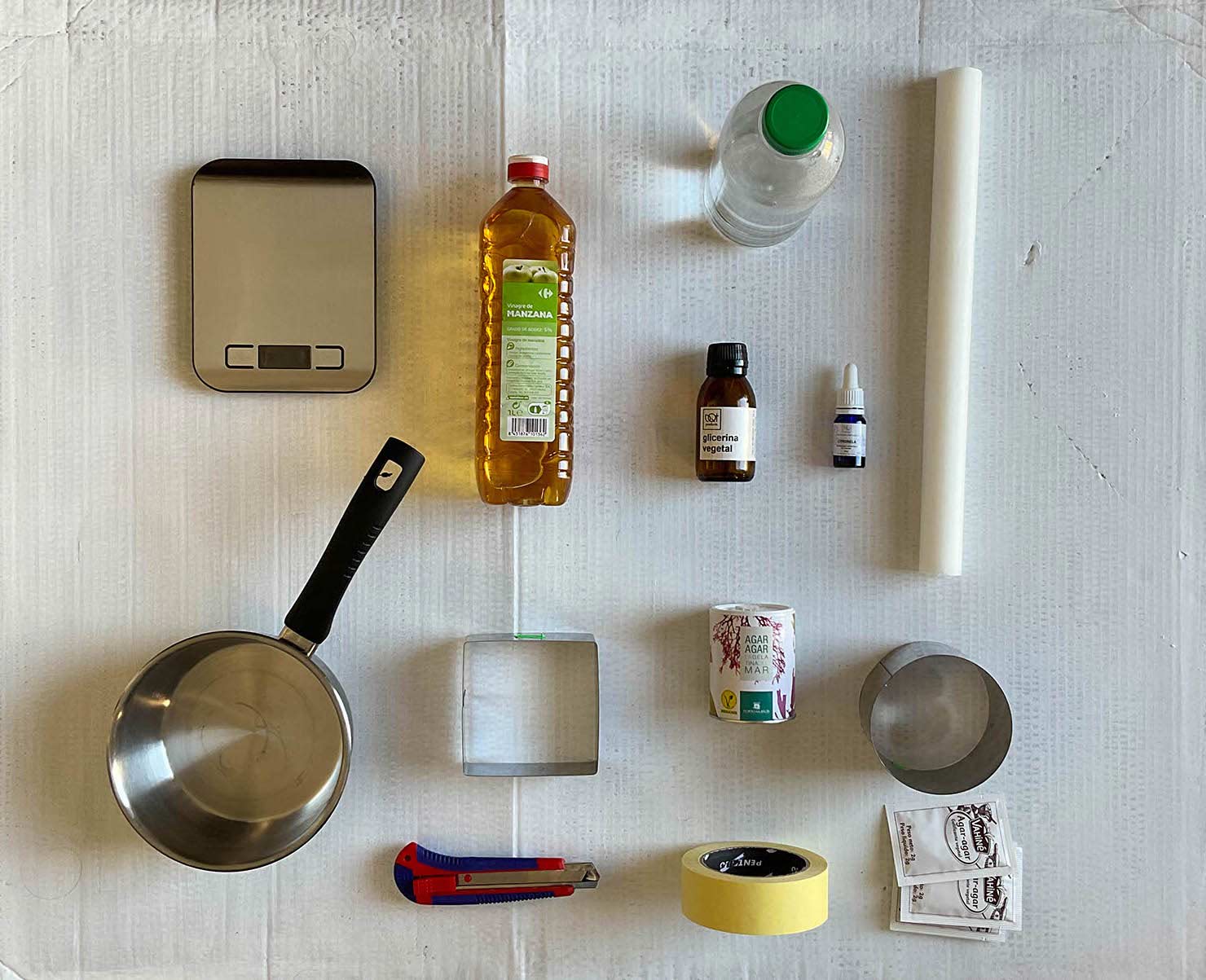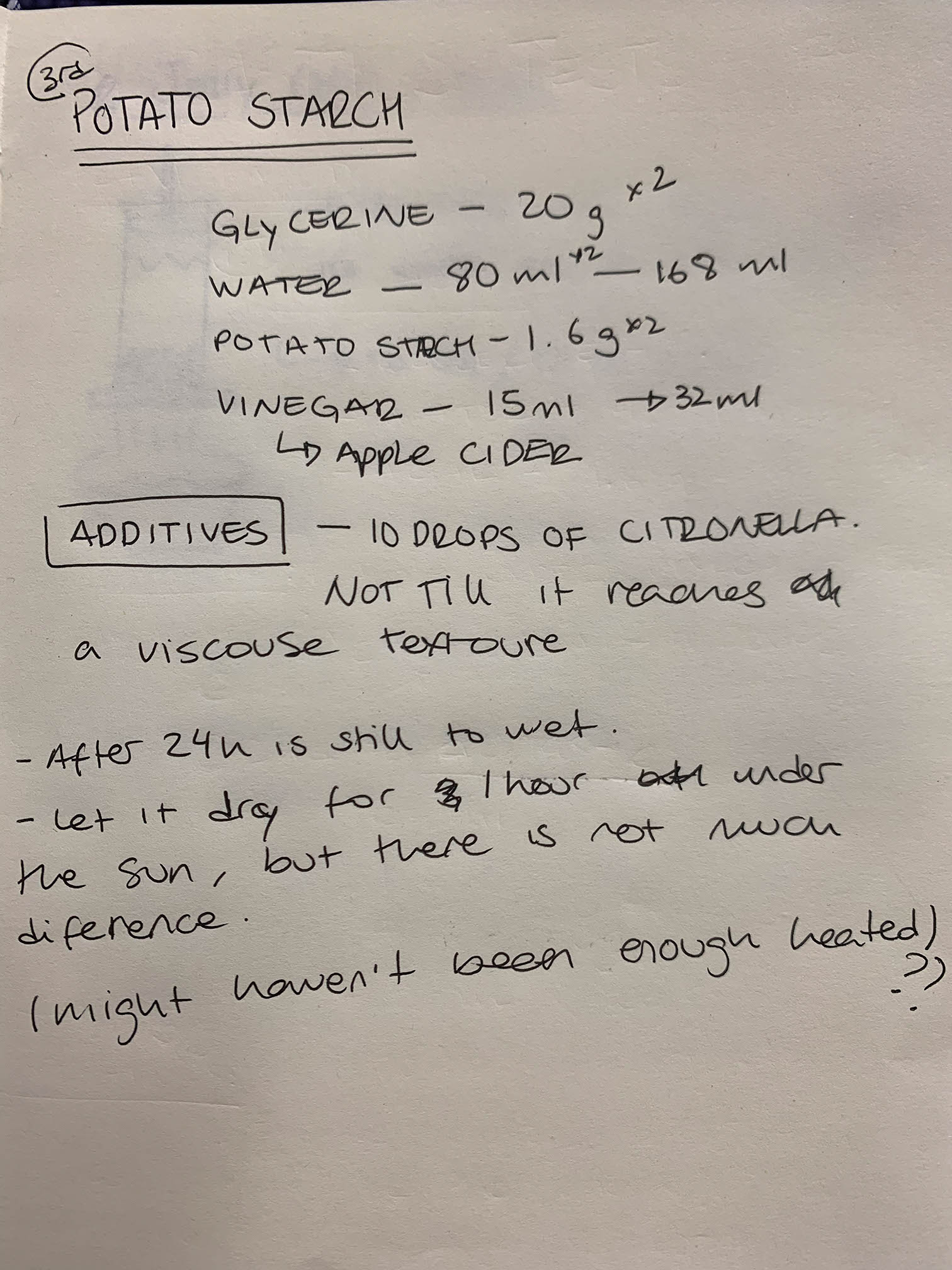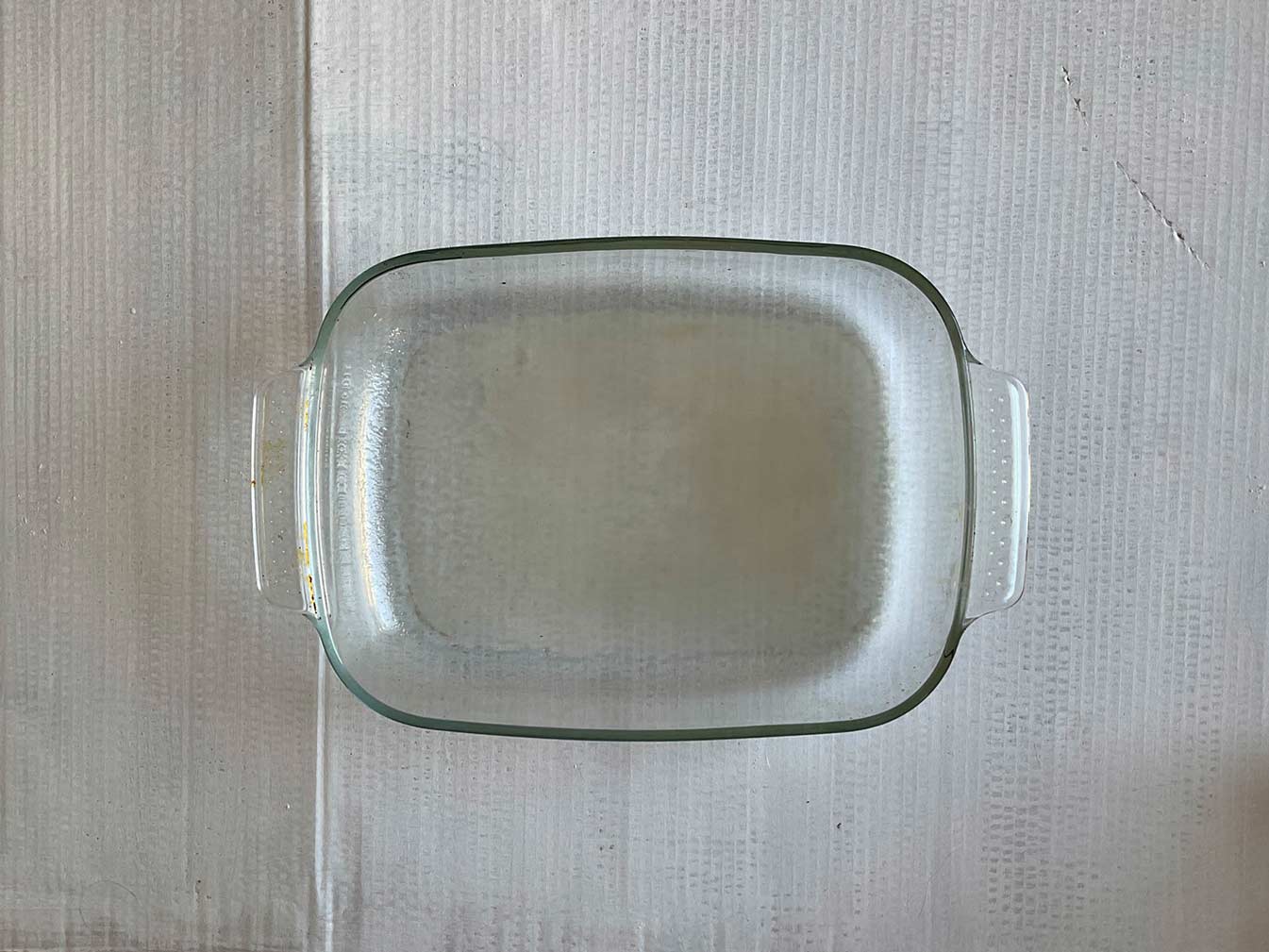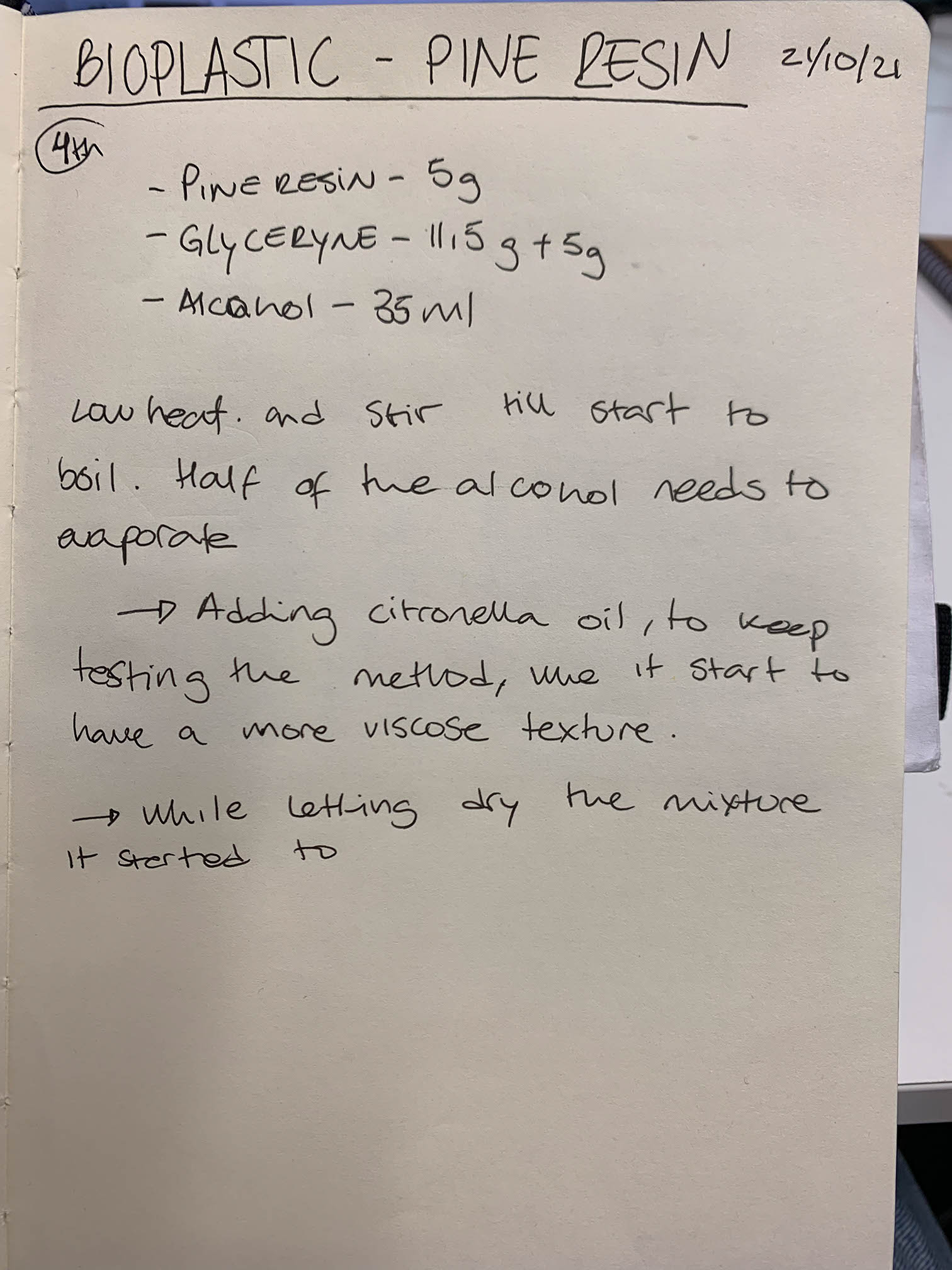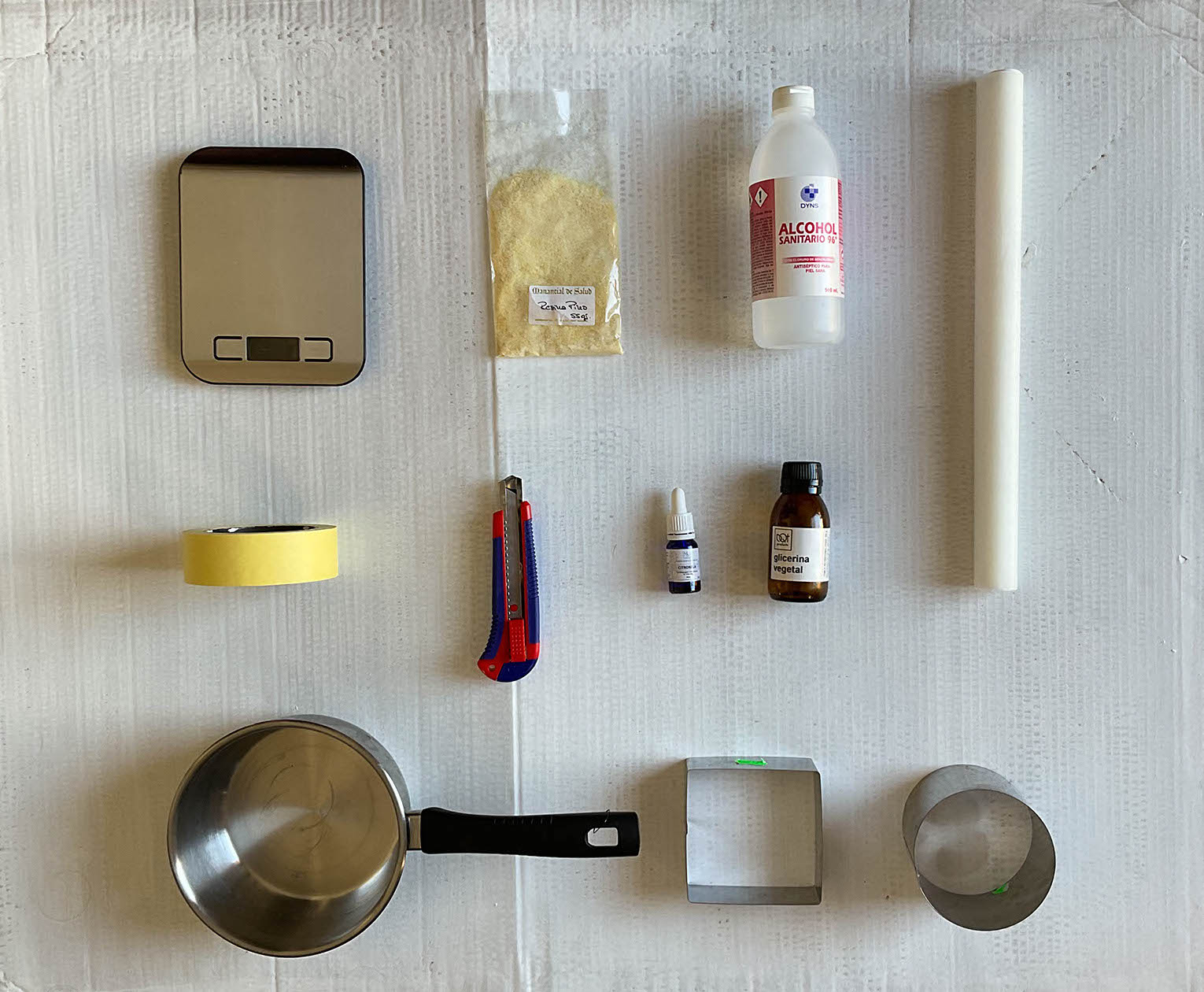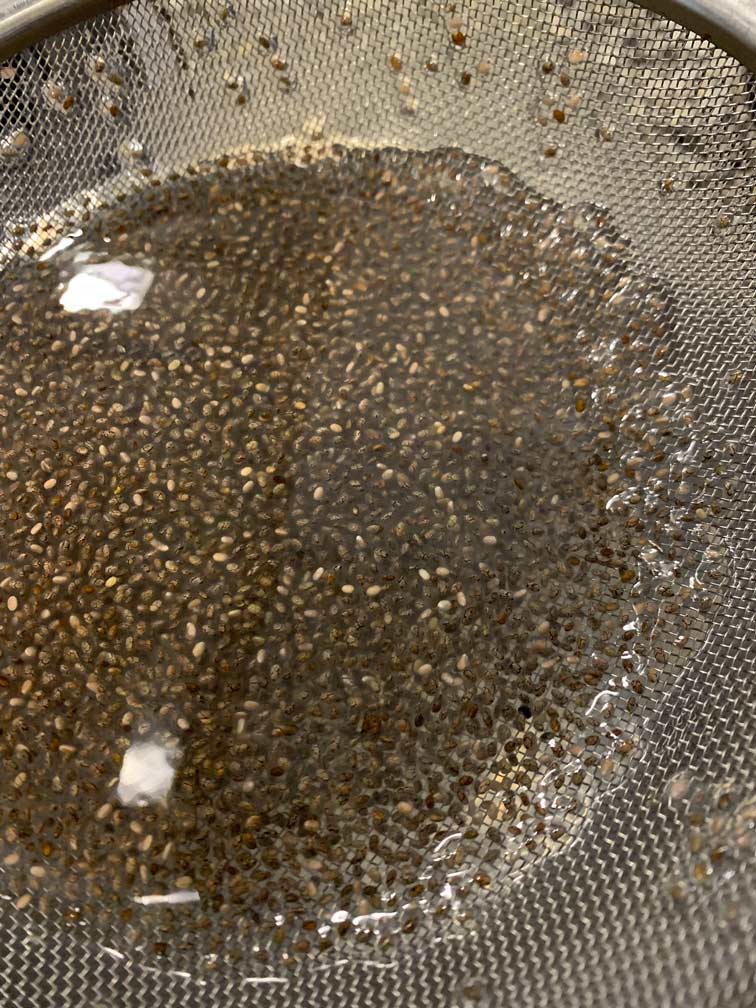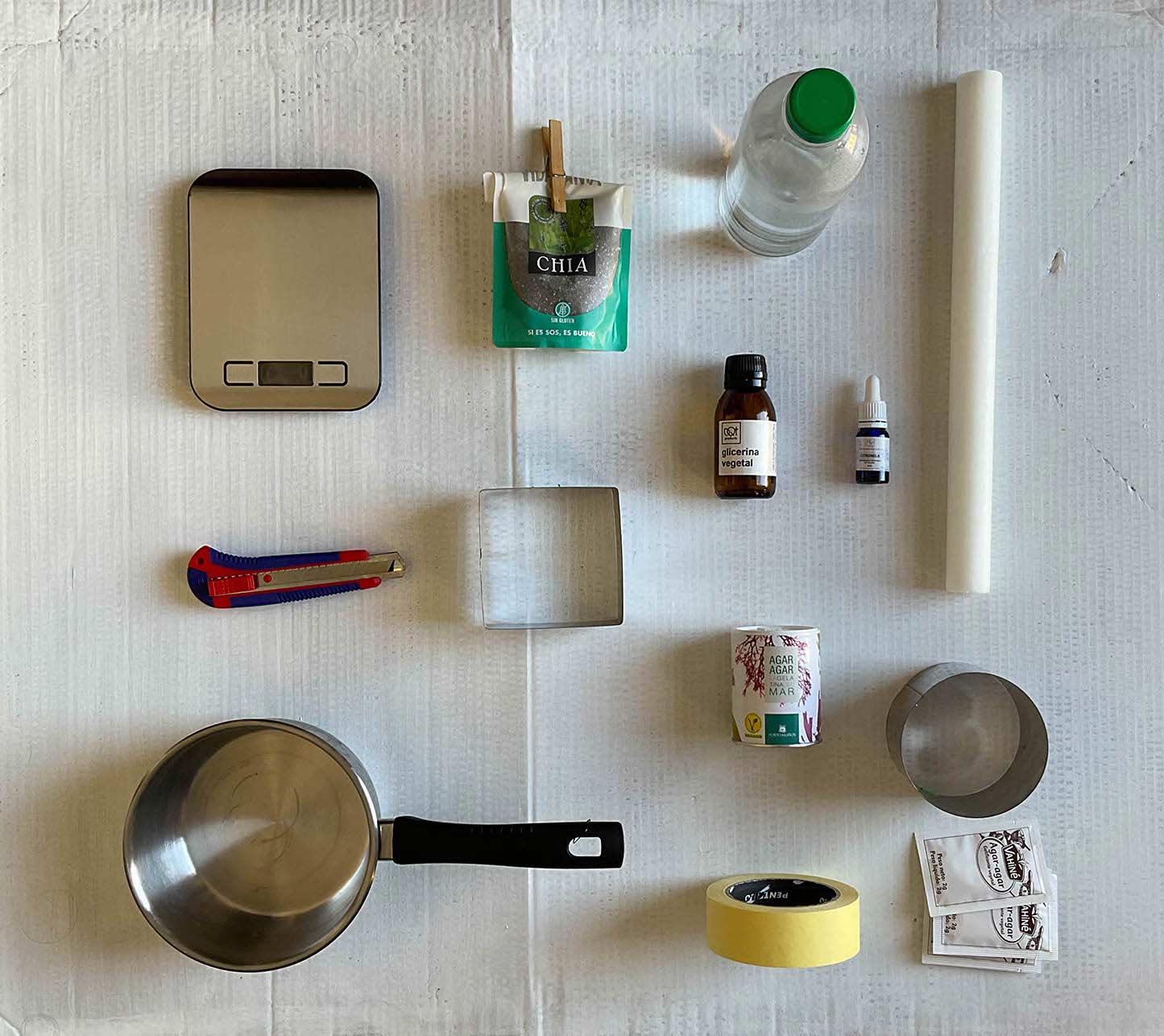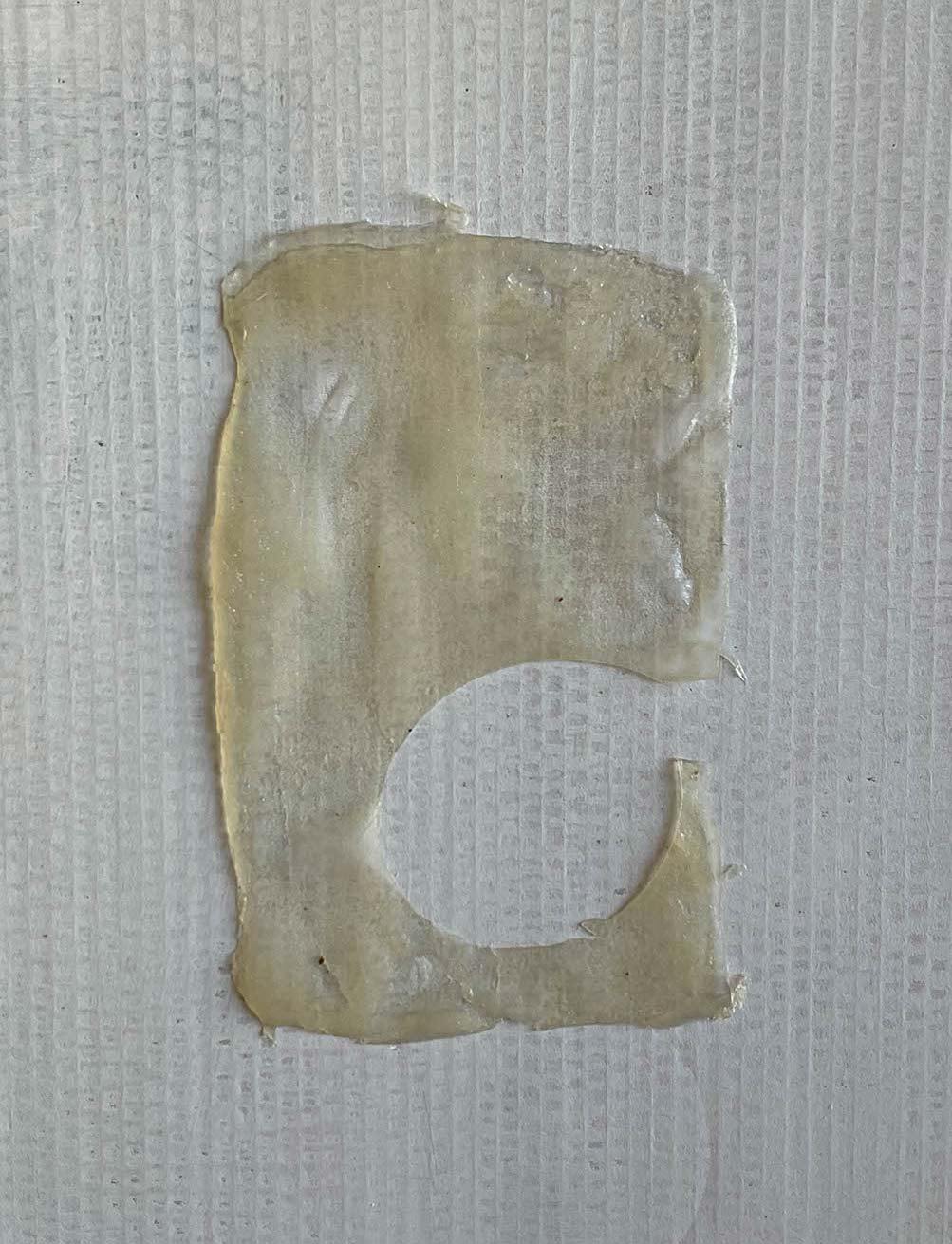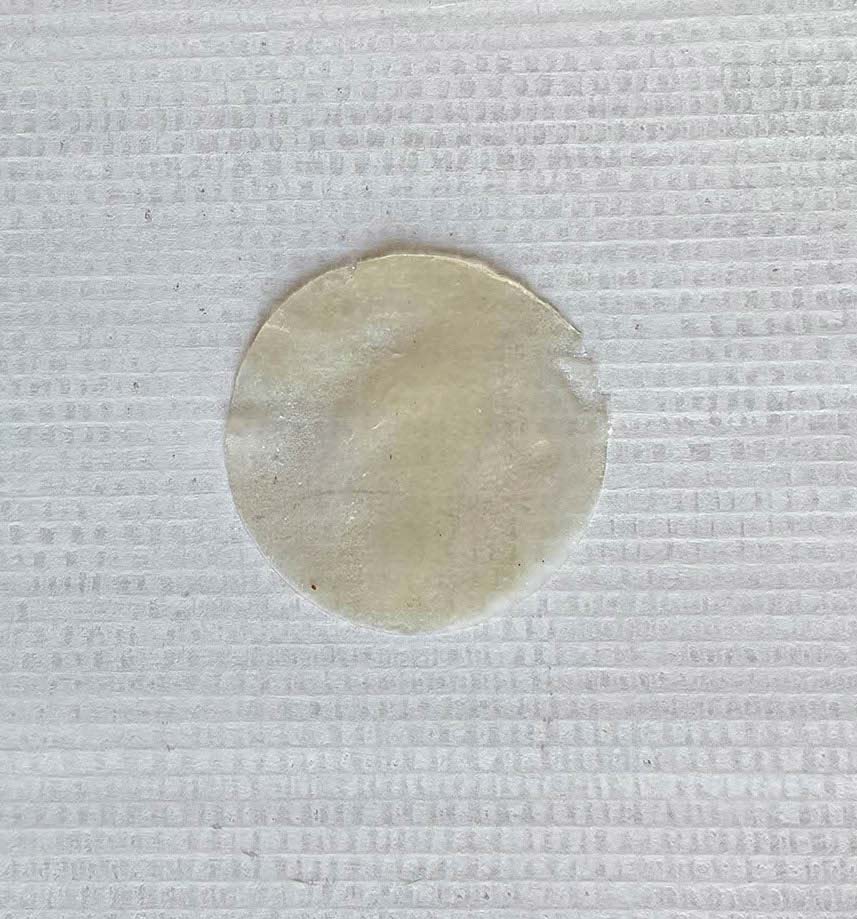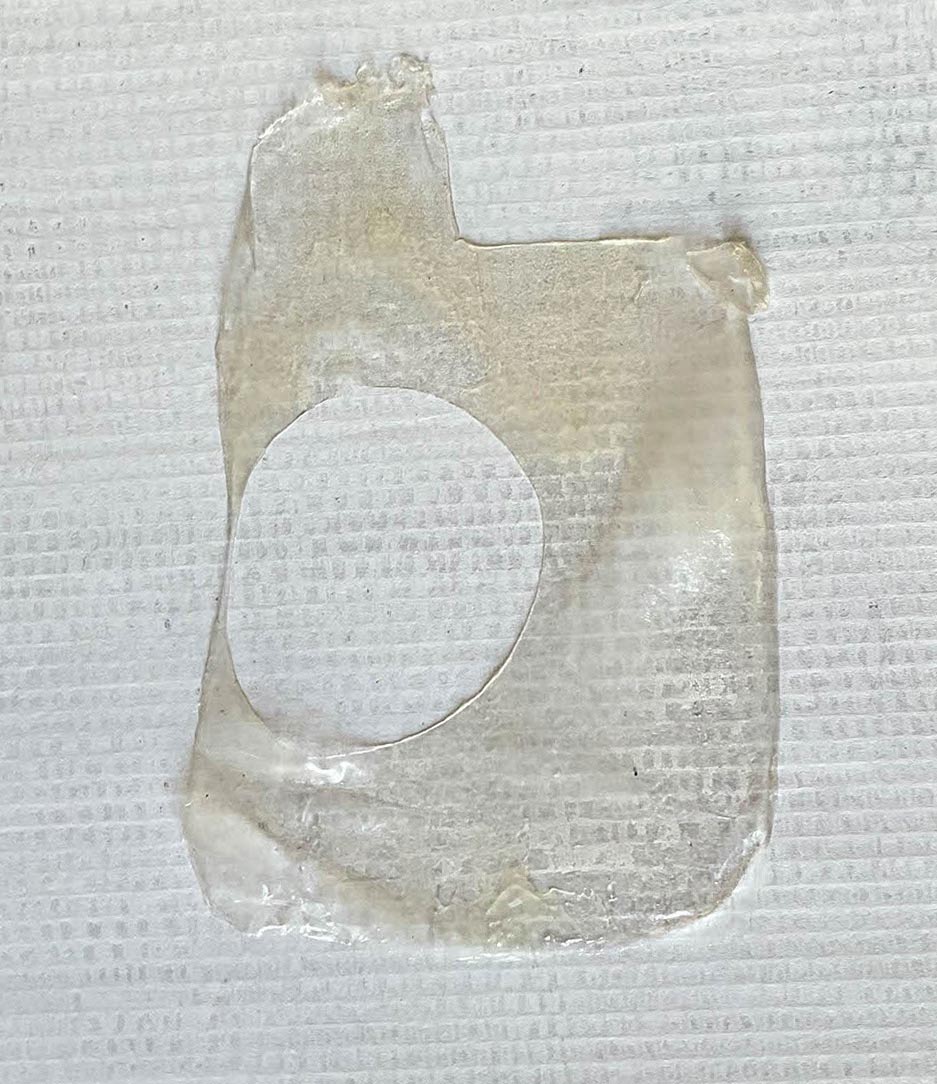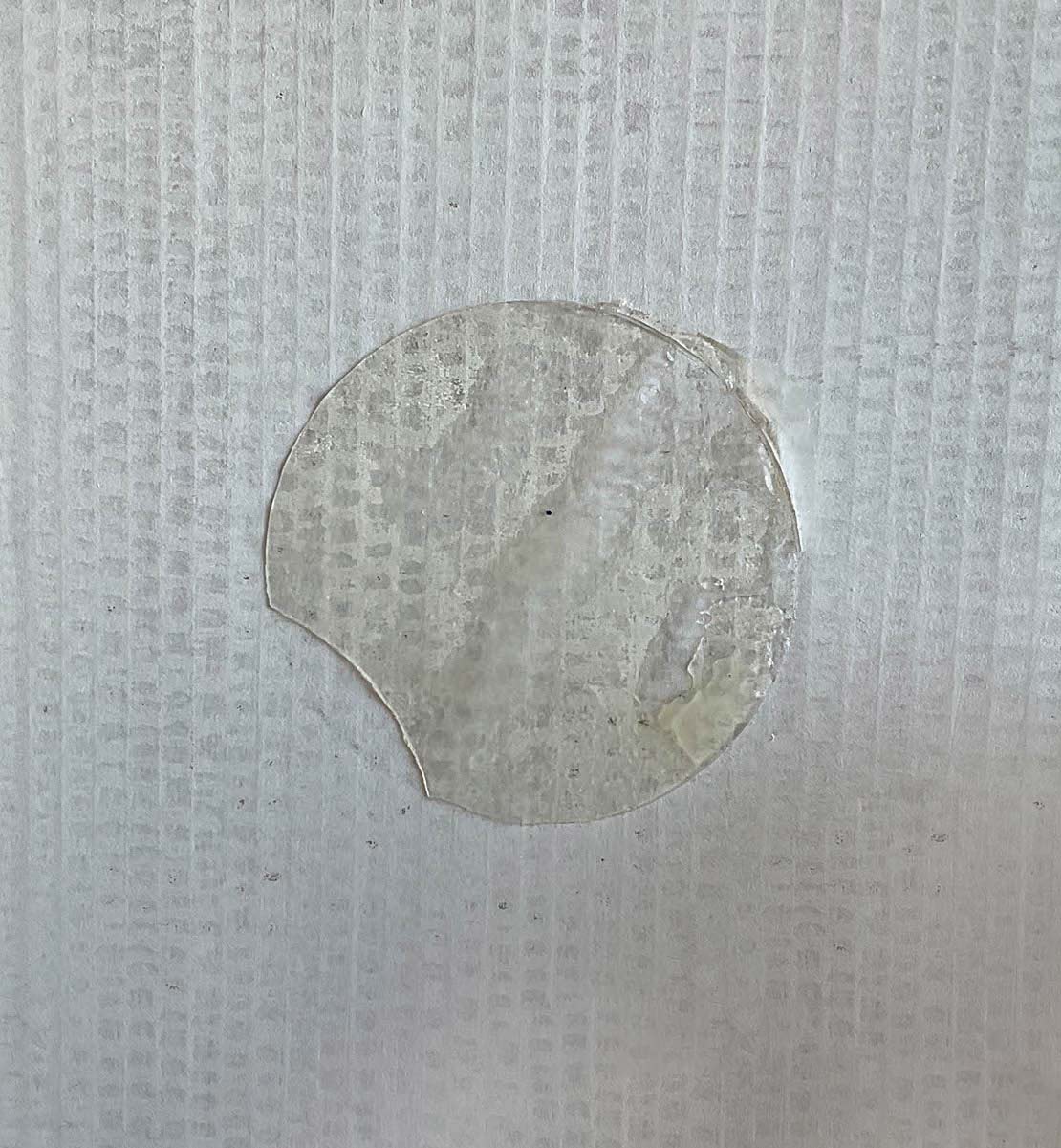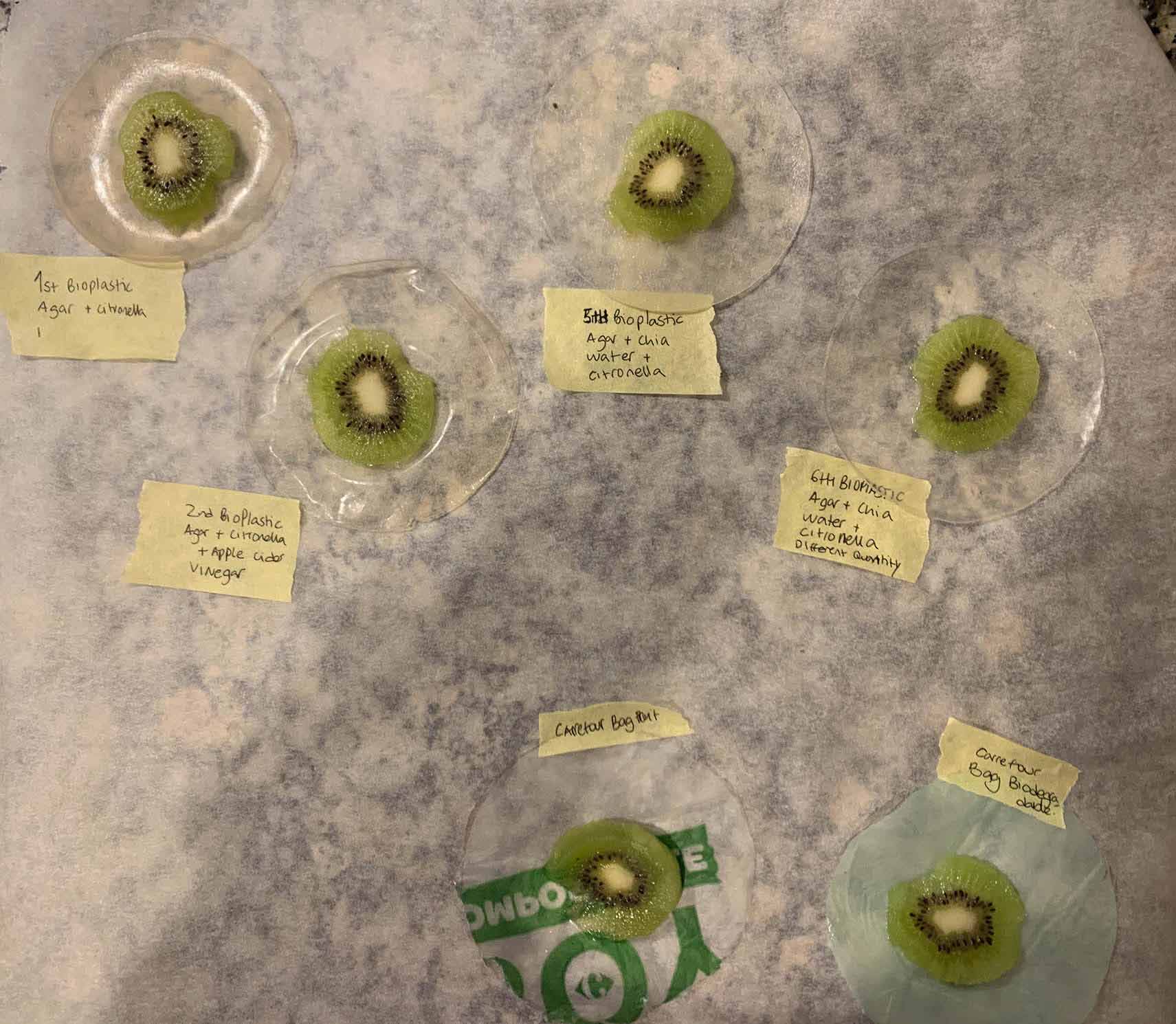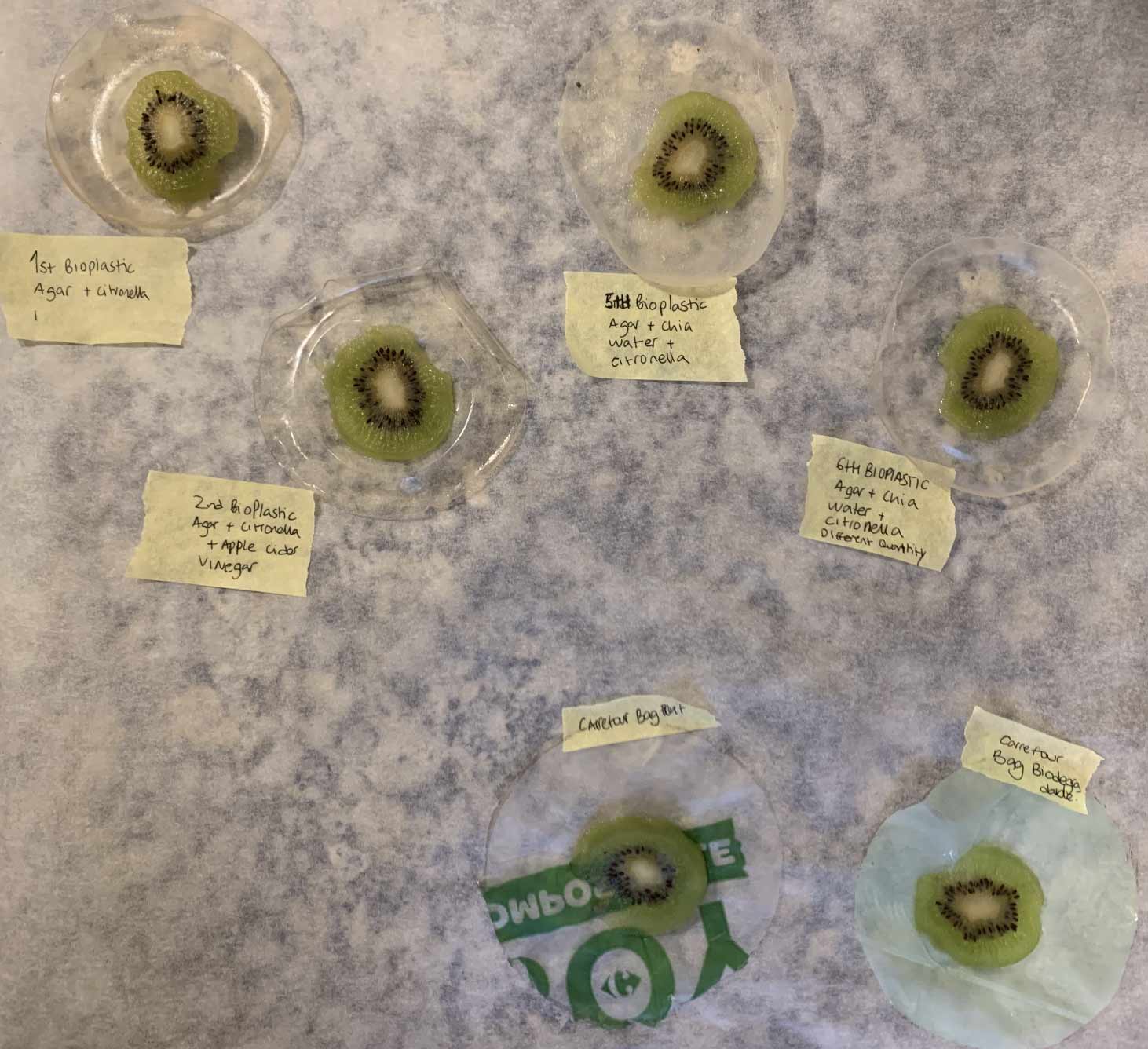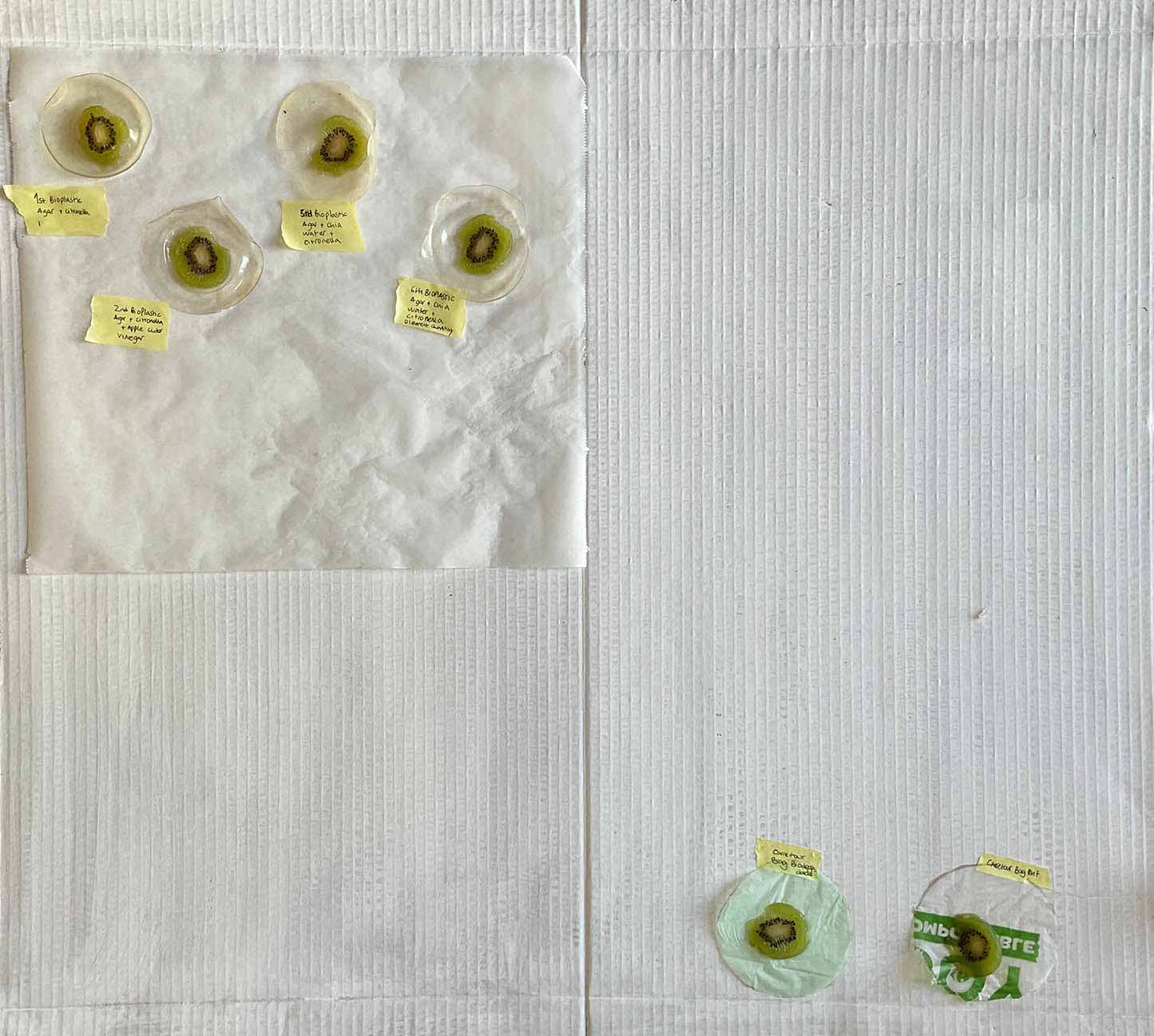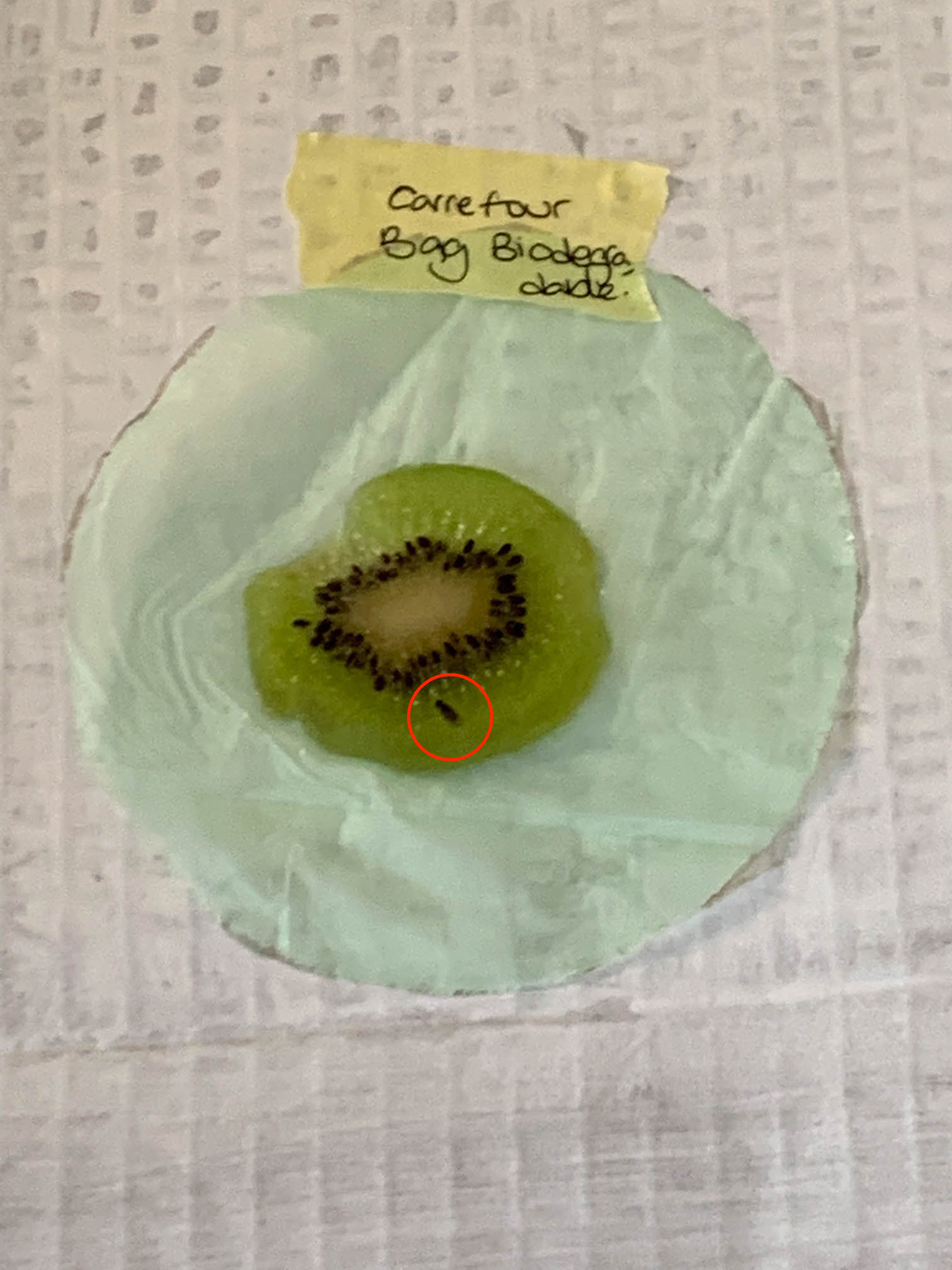Designing for the Unknow
I have no idea what is going to be my project yet. But I have decided to start with changing my habits to try to find enlightenment on my future purpose.I will lead myself by the motto of: Everything you make returns to earth as food or poison.
Focusing on finding ways to create things that wouldn’t turn into trash, as well as drifting to a zero waste lifestyle and finding a second life to the products I have. I'm highly interested in urban agriculture and growing your own food at home to be self-sufficient. All of this without forgetting that my fight is shifting towards Intersectional environmentalism, so finding ways of engaging communities and inclusivity activism is very important for me.
I would also like to keep in mind the concept of craftivism and how we can reinvent traditional crafts with new technologies. Learning from the past and finding apparently simple solutions to solve complex problems.
Following this ideas I decided to complete my toolbox with things I have at home to stop buying so many unnecessary things and using my handy attitude to make things.
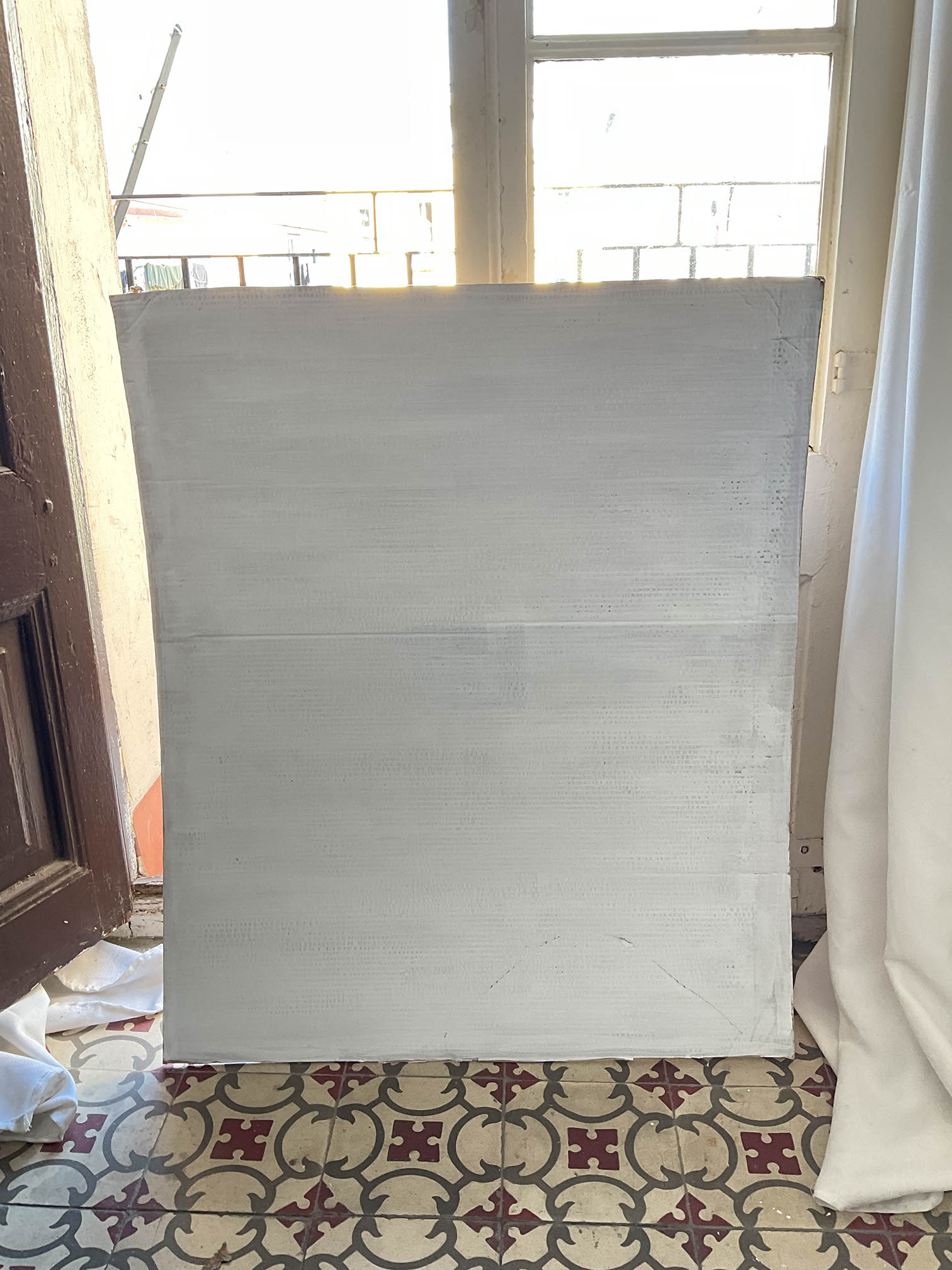
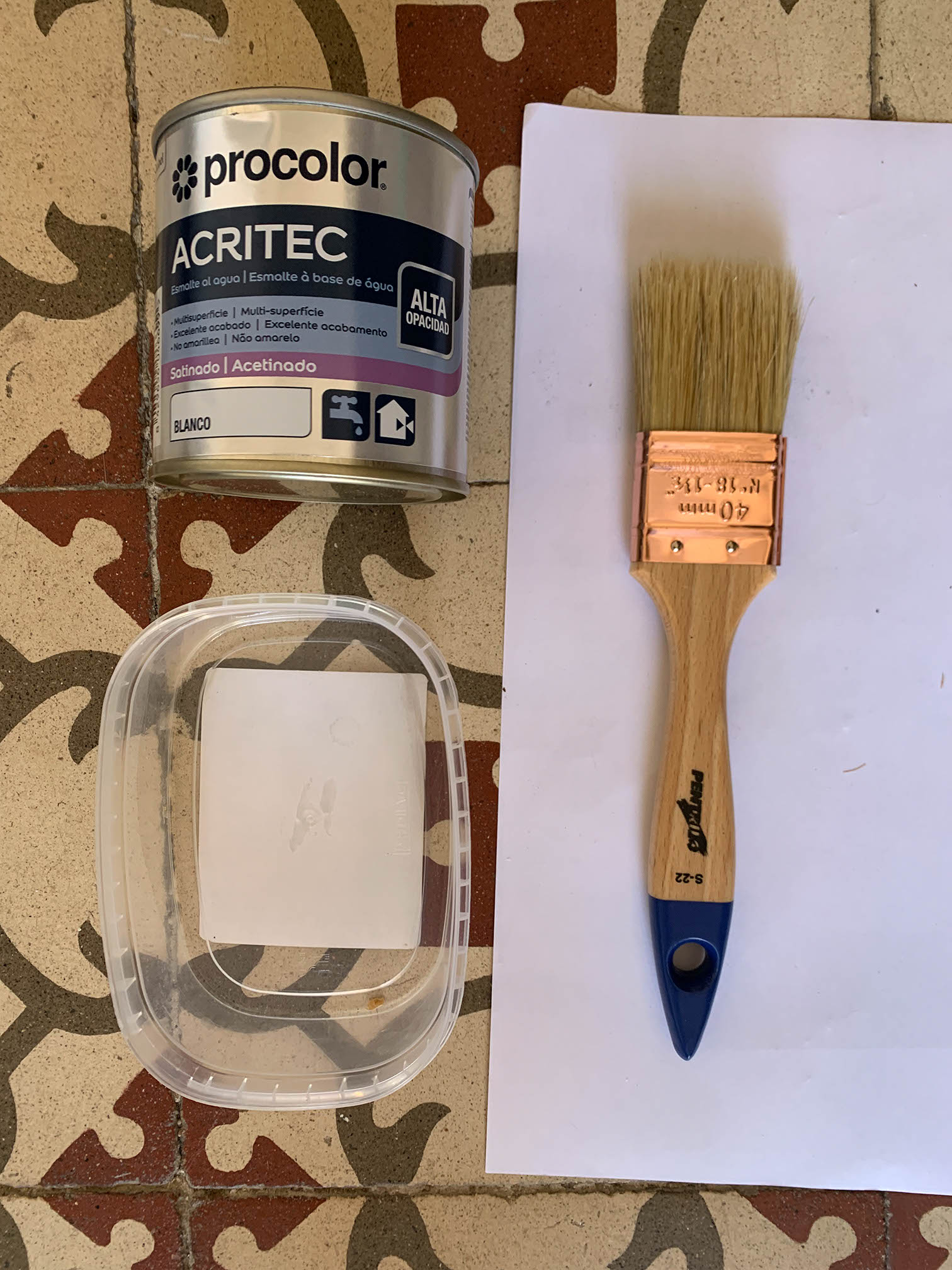
Home made photo-call.
My personal LAB
I took screenshots of my miro board so it would have more definition of each block. I would bring it to an illustrator file so the images have optimum quality.
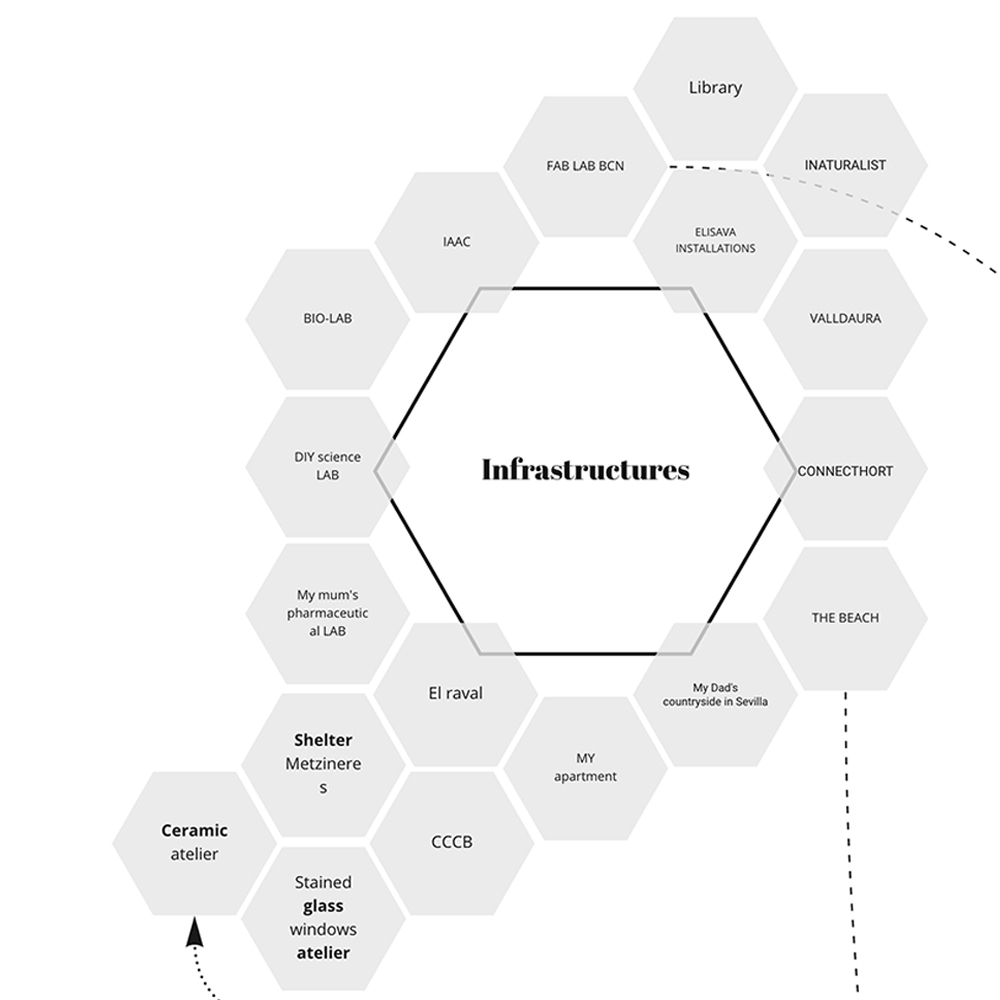

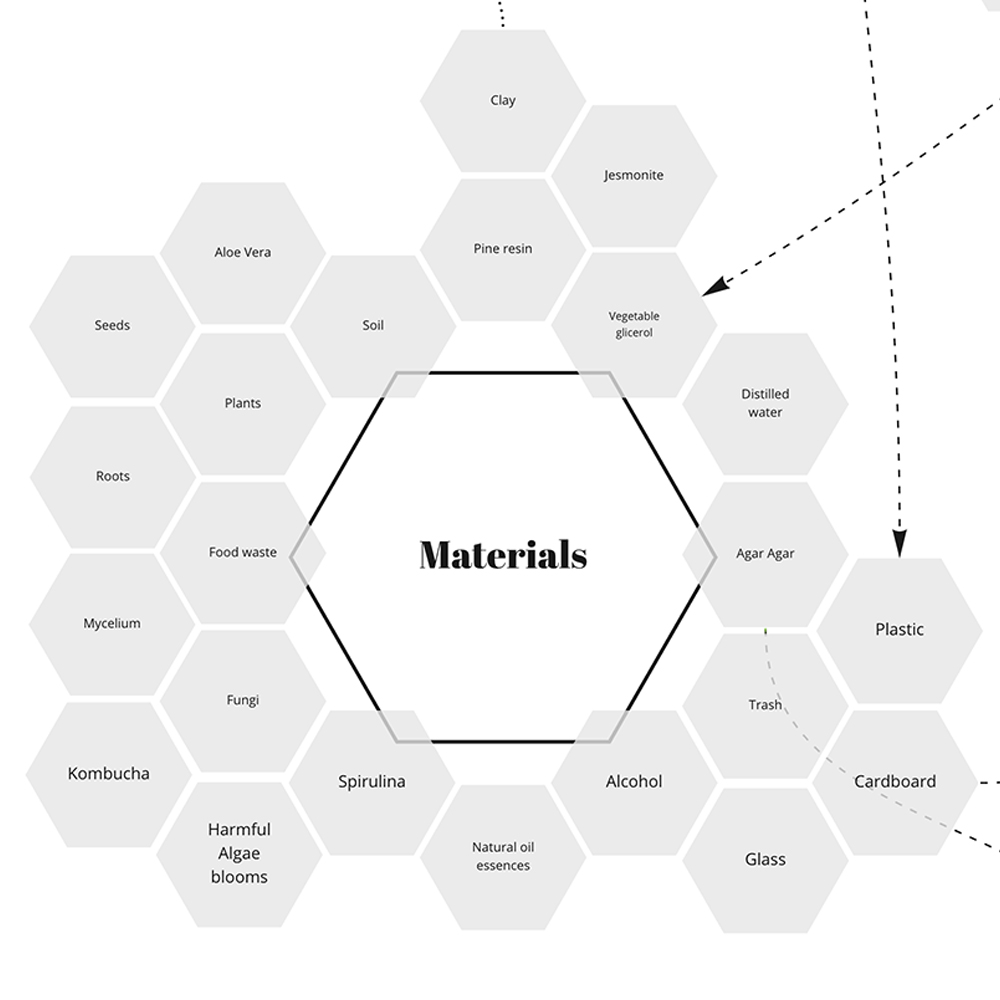
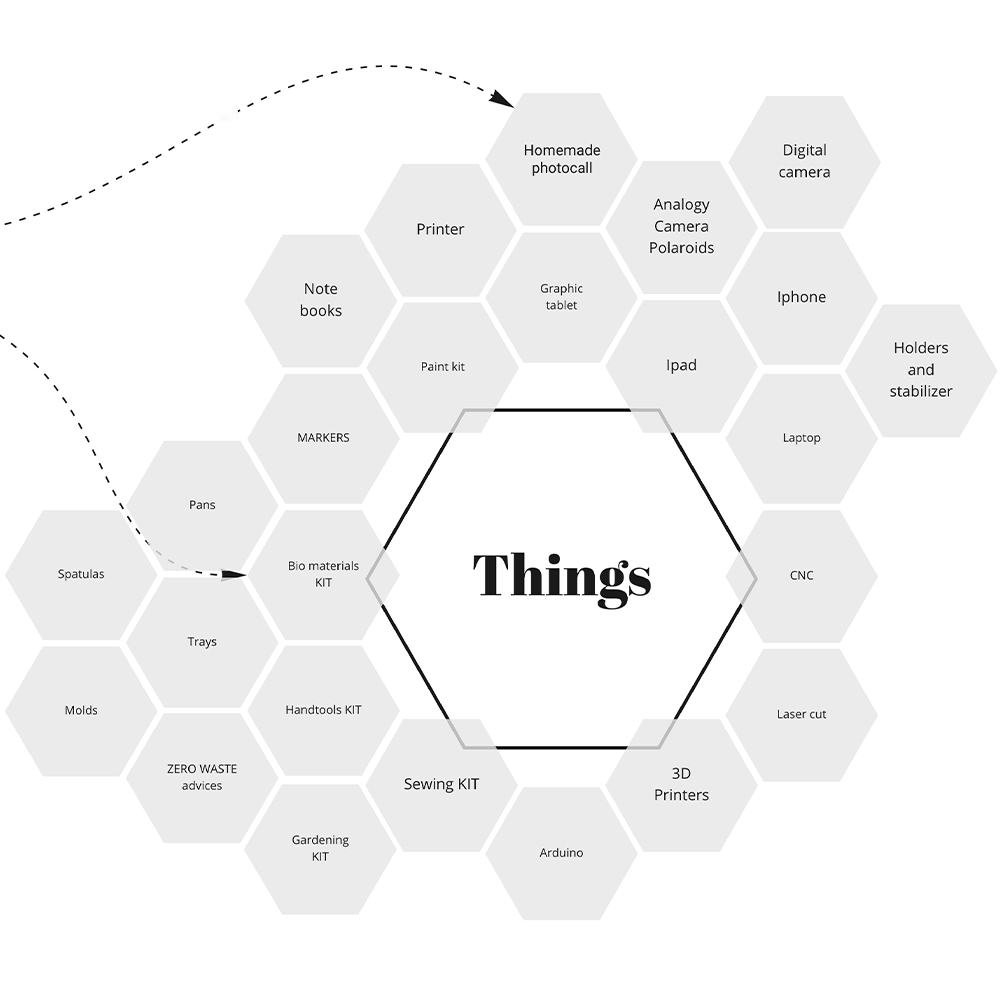
Bioplastic prototype for an organic waste bag with citronella

PROBLEM:
- We got a lot of fruit flies from separating the organic waste at home.
- Organic waste disposed of in plastic bags, which makes non sense, will need to be separated again.
What about creating a bioplastic bag with citronella and apple vinegar to drive them away?
Why not optimize the process with a biodegradable bioplastic bag?
1st Role: The prototype as an experimental component
The physical Hypothesis is, to solve the problems generated out of separating organic waste:
Discarded on plastic bags/non-biodegradable - optimise the process
Fruit flies plague in summer - use natural home remedies to drive them away.
3rd Role: The prototype as a research archetype
Using different exiting recipes to create samples of bioplastics.
Bioplastic cook book Clara Davis - bioplastic
4th Role: The process of prototyping as a vehicle for inquiry
Creating new bioplastics recipes based on exiting ones.
Modifying them and using new materials to test their usability.
I documented everything on video and wrote down notes about how the bioplastics were made.
Using this prototype as a medium to find future projects ideas.
Biomaterials tool Kit

